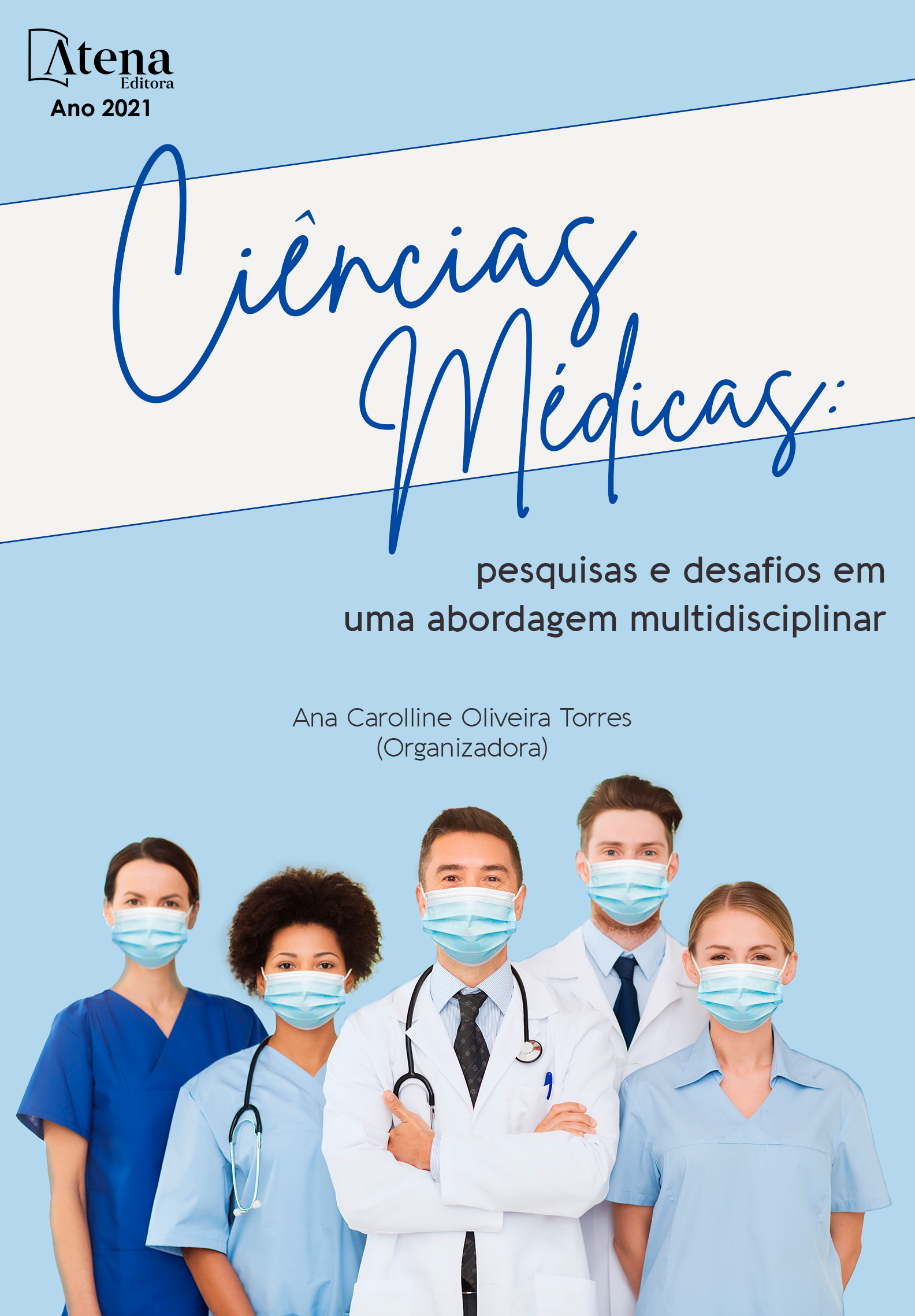
OS TIPOS DE BRUXISMO E SUAS RELAÇÕES COM A CEFALÉIA: UMA REVISÃO DE LITERATURA
Objetivo: Este presente artigo trata-se da abordagem sobre a relação do bruxismo com a cefaléia, seu tratamento, etiologia e suas causas. Métodos: Consiste em uma revisão de literatura sobre a relação de pacientes com bruxismo que são acometidos com cefaléia. Foram selecionados artigos nas bases de dados PUBMED, MEDLINE, SCIELO e LILACS. Foram levados em consideração apenas os estudos publicados entre os anos de 2015 a 2021. Dentre os artigos julgados, estão 17 obras, as quais foram selecionadas de forma criteriosa no que diz respeito ao repertório utilizado para a formação desta revisão, sendo os descritores utilizados: “bruxismo”, “cefaléia”, “tratamento” e “causalidade”, em inglês e português e indexados na Biblioteca Virtual de Saúde (BVS Brasil). Resultados: O bruxismo é uma condição que pode afetar todas as faixas etárias e é caracterizado pelo ranger dos dentes e o hábito de apertar a mandíbula. Em sua grande maioria, os pacientes podem desenvolver crises de cefaléia e serem acometidos com desgastes dentários. Um ponto importante a ser abordado sobre o bruxismo é a sua forma de tratamento que, a depender de sua etiologia, pode envolver hormônios, fisioterapia, placas oclusais, etc. Considerações finais: O bruxismo é uma disfunção que compromete a qualidade de vida dos pacientes, pois afeta diretamente o sono e as atividades diárias, devido aos seus diversos efeitos, entre eles a cefaléia. Por esse motivo, é necessária a realização de um tratamento eficaz a fim de evitar possíveis efeitos adversos pelo uso inadequado de medicamentos controlados.
OS TIPOS DE BRUXISMO E SUAS RELAÇÕES COM A CEFALÉIA: UMA REVISÃO DE LITERATURA
-
DOI: 10.22533/at.ed.0892130097
-
Palavras-chave: Bruxismo; Cefaléia; Tratamento; Causalidade
-
Keywords: : Bruxism; Headache; Treatment; Causality.
-
Abstract:
Objective: This present article, it is about addressing the relationship between bruxism and headache, its treatment, etiology and causes. Methods: It consists of a literature review on the relationship of patients with bruxism who are affected with headache. Articles were selected from the PUBMED, MEDLINE, SCIELO and LILACS databases. Only studies published between 2015 and 2021 were taken into account. Among the articles judged, there are 17 works, which were carefully selected with regard to the repertoire used to form this review, and the descriptors used were: “bruxism”, “headache”, “treatment” and “causality”, in English and Portuguese and indexed in the Virtual Health Library (BVS Brasil). Results: Bruxism is a condition that can affect all age groups and is characterized by teeth grinding and jaw clenching. The vast majority of patients may develop headache attacks and be affected with dental wear. An important point to be addressed about bruxism is its form of treatment, which, depending on its etiology, can be treated in different ways. These treatments may involve hormones, physiotherapy, occlusal splints, etc. Final Considerations: The bruxism is a dysfunction that implicates a life quality of patients, because it directly affects the sleep and daily activities, due to its many effects, between them a headache. For this reason, is necessary to do a effective treatment in order to avoid possibles adverse effects by the inappropriate use of controlled medications.
-
Número de páginas: 16
- Ana Carolline Oliveira Torres


